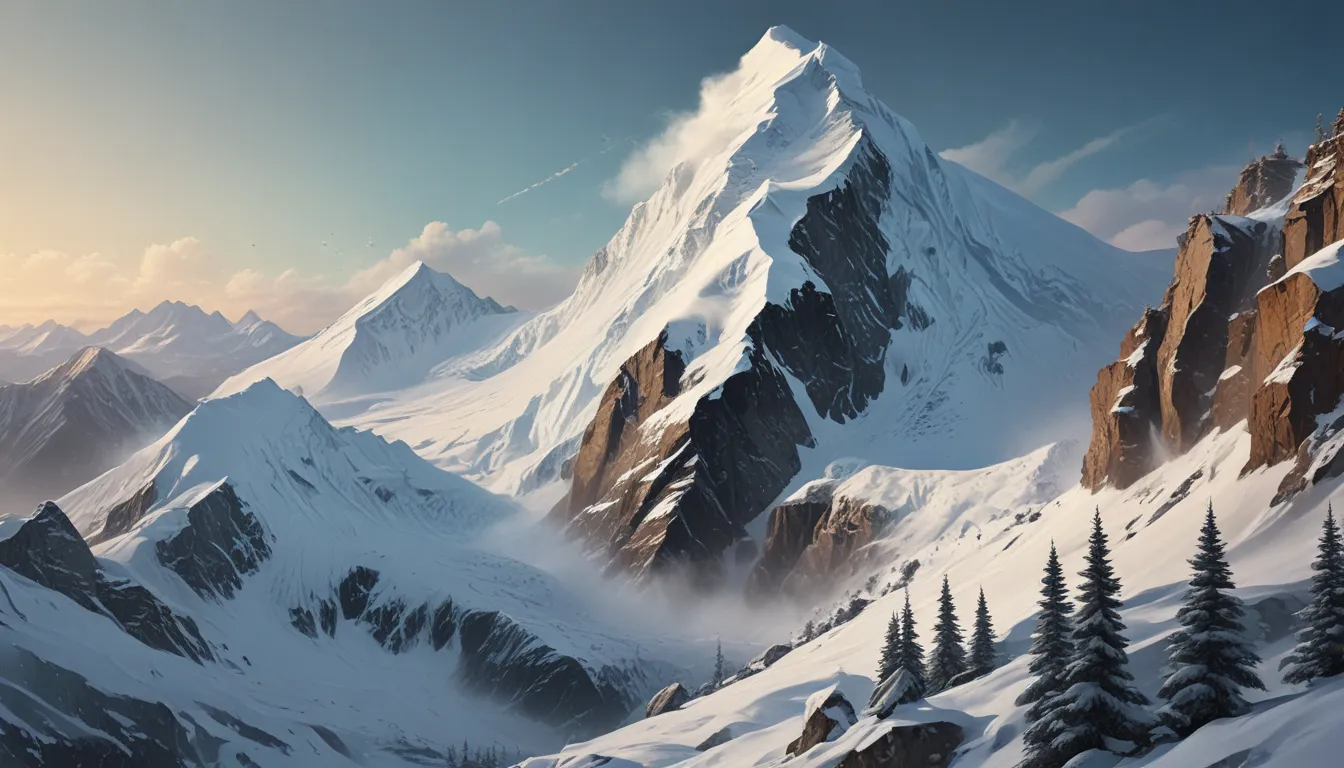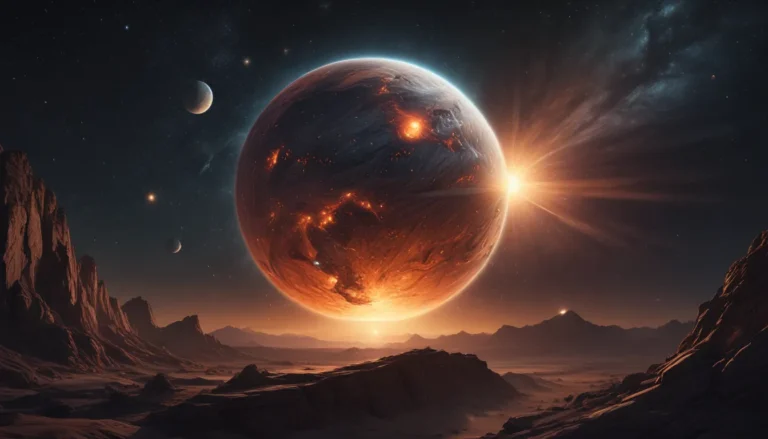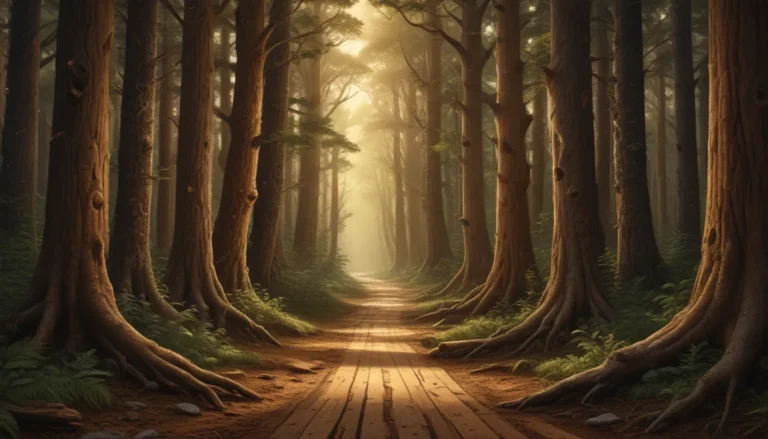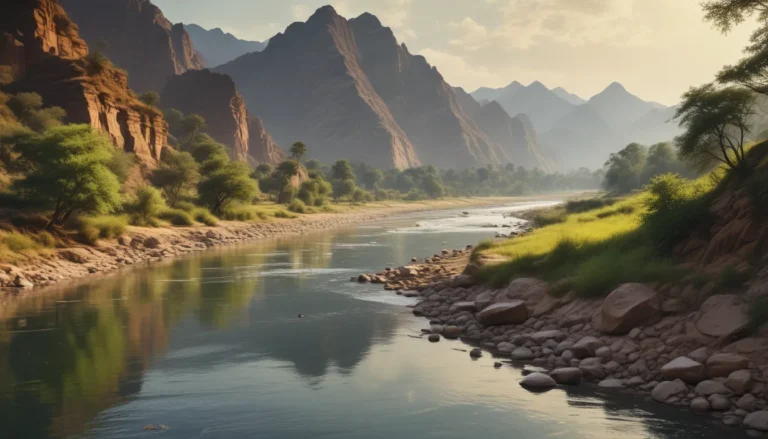The pictures we use in our articles might not show exactly what the words say. We choose these pictures to make you interested in reading more. The pictures work together with the words but don’t take their place. The words still tell you the important facts.
Introduction
Avalanches, the breathtaking and ominous snowslides of nature, have the power to shape landscapes in an instant and pose significant dangers to those in mountainous regions. As we delve into the realm of these formidable snowslides, we uncover not just their raw power but also the intricate forces at play in their formation and impact. Whether you are a seasoned skier, a mountain enthusiast, or simply captivated by the wonders of nature, understanding avalanches is essential for safety and admiration of our natural world. In this post, we will unravel 20 intriguing facts about avalanches, providing insights into their causes, types, historical significance, and global impact. Join us on this educational journey into the awe-inspiring realm of avalanches.
Understanding Avalanches
Avalanches, far from being mere snow slides, are complex natural phenomena that demand our attention and respect. Here are some key insights into the nature of avalanches:
- Avalanches are not random occurrences; they follow specific patterns and can be predicted to some extent by experts who study snowpack and weather conditions.
- There are primarily two types of avalanches: slab avalanches involve a cohesive plate of snow breaking away, while loose snow avalanches start from a single point and gather snow as they descend.
The Causes of Avalanches
The occurrence of avalanches is influenced by a myriad of factors that make certain areas more susceptible to these powerful snowslides:
- Snowpack conditions play a crucial role, with layers of snow with varying temperatures and textures creating weak spots susceptible to collapse.
- Steep slopes, particularly in the range of 30 to 45 degrees, are more prone to avalanche activity.
- Weather conditions such as rapid temperature changes, heavy snowfall, and strong winds can destabilize the snowpack, increasing the risk of avalanches.
The Impact of Avalanches
Avalanches can have far-reaching and devastating effects on both natural environments and human habitats:
- In forests, avalanches can wipe out mature trees and reshape landscapes in a matter of seconds.
- Populated mountain regions face significant risks, with avalanches posing threats to homes, infrastructure, and lives.
- Wildlife habitats are also impacted, with animals at risk of being caught in avalanches and ecosystems disrupted.
Safety and Prevention Measures
While avalanches can be perilous, adopting certain safety measures can significantly reduce the risks associated with these natural events:
- Essential equipment such as avalanche transceivers, probes, and shovels should be carried by anyone venturing into avalanche-prone areas.
- Education on avalanche safety and awareness is vital, with many high-risk communities offering courses and training.
- Avalanche control methods, including controlled explosions, are utilized in some regions to trigger smaller, safer avalanches and mitigate larger, more dangerous ones.
Historical Significance of Avalanches
Throughout history, avalanches have left a profound impact on communities and landscapes, shaping narratives of survival and loss:
- The Winter of Terror in 1950-1951 witnessed over 250 fatalities due to avalanches in the Alps, underscoring the deadly nature of these events.
- One of the deadliest avalanches in recorded history occurred in Peru in 1970, burying the town of Yungay under snow and claiming approximately 20,000 lives.
Avalanches in Popular Culture
Avalanches have not just captured the attention of scientists and researchers but have also found their way into the realms of literature, film, and art:
- Depicted as dramatic backdrops in movies and books, avalanches symbolize nature's power and unpredictability.
- Survival stories from avalanche incidents serve as poignant reminders of human resilience and the will to overcome adversity.
The Science of Studying Avalanches
Dedicated scientists and researchers delve deep into the science of avalanches, using advanced technologies to enhance prediction methods and safety protocols:
- Remote sensing technology and satellite imagery are leveraged to monitor snowpack and potential avalanche zones from a distance.
- The field of snow science scrutinizes the properties of snow and its behavior on slopes to improve predictions of avalanche occurrences.
Global Avalanche Hotspots
Certain regions around the world are renowned for their heightened risks of avalanches, attracting thrill-seekers, researchers, and adventurers alike:
- The Alps in Europe, the Rocky Mountains in North America, and the Himalayas in Asia are recognized avalanche hotspots.
- Colorado in the United States stands out for its high number of avalanche-related deaths, attributed to its popular ski resorts and backcountry skiing areas.
- Nepal and India in the Himalayas experience frequent avalanches, posing risks to climbers and local communities.
Conclusion
In conclusion, understanding the dynamics of avalanches is not just a matter of knowledge but a testament to our respect for the forces of nature and our commitment to safety. From the intricate causes and types of avalanches to their profound impact on humans and the environment, these natural phenomena remind us of the delicate balance within our planet's ecosystems. Whether you are a seasoned adventurer or a curious observer, delving into the world of avalanches enriches our appreciation for the wonders of our natural world. Remember, knowledge is not just a tool for safety but a gateway to a deeper understanding of the awe-inspiring forces that shape our planet. So, as you venture into the mountains, carry these insights with you, and let the beauty and power of nature guide your journey. Stay curious, stay safe, and continue exploring the marvels of our world.






